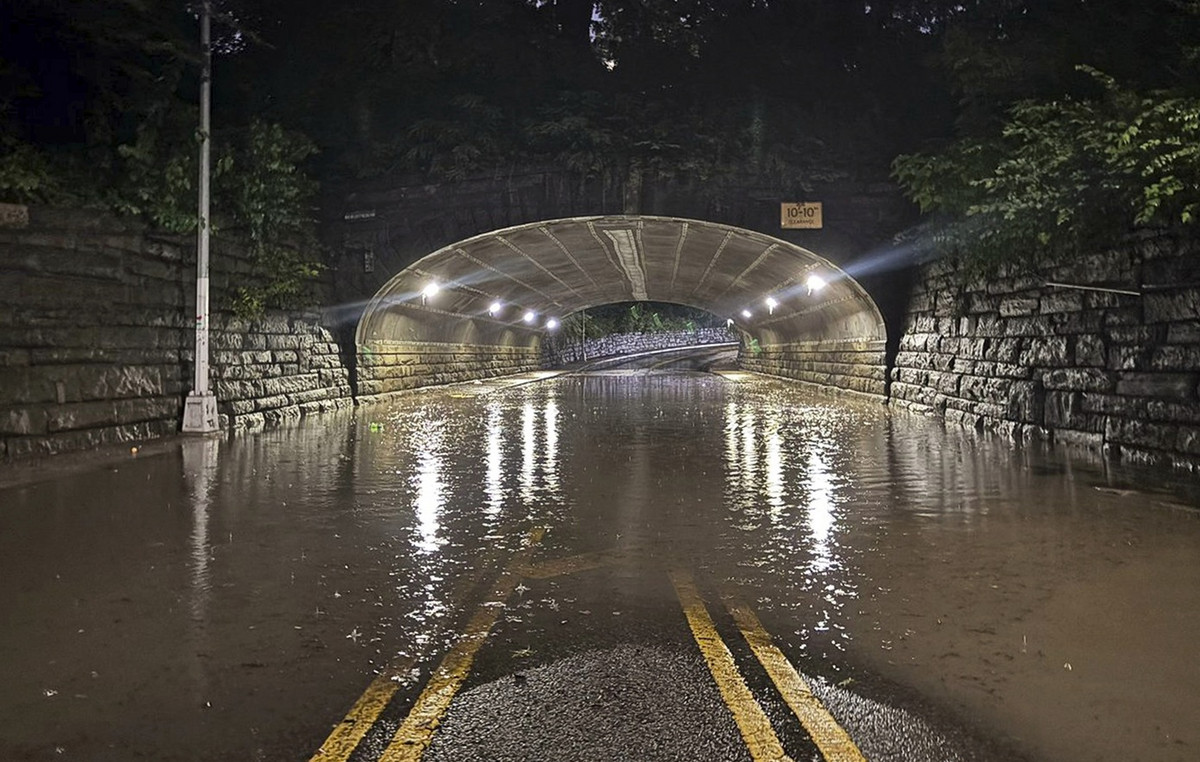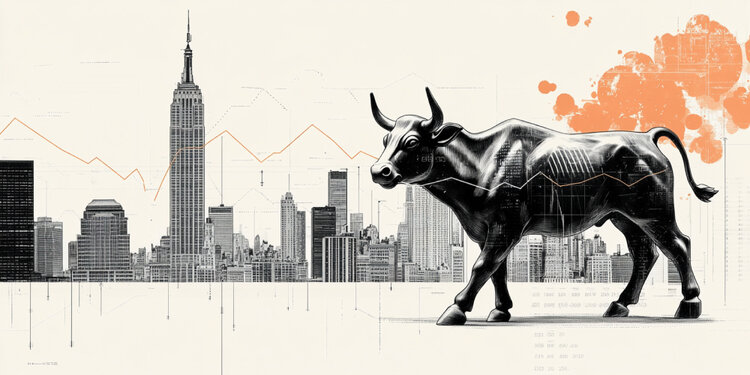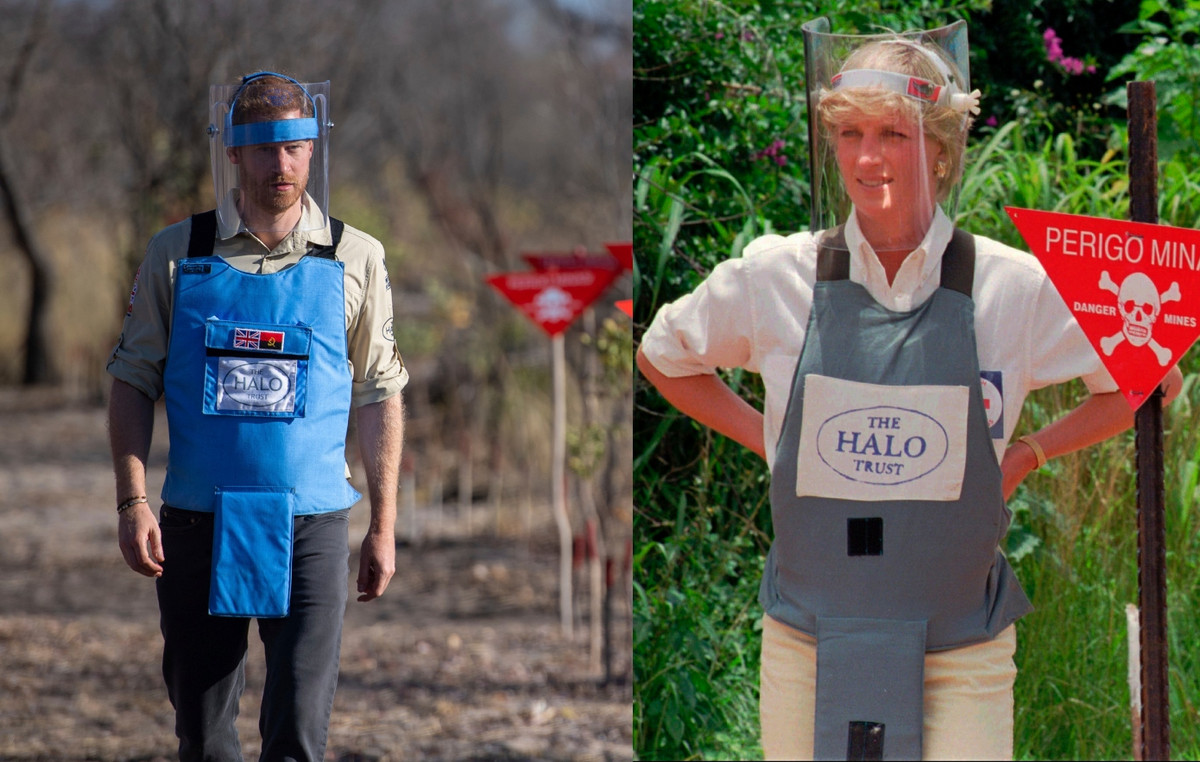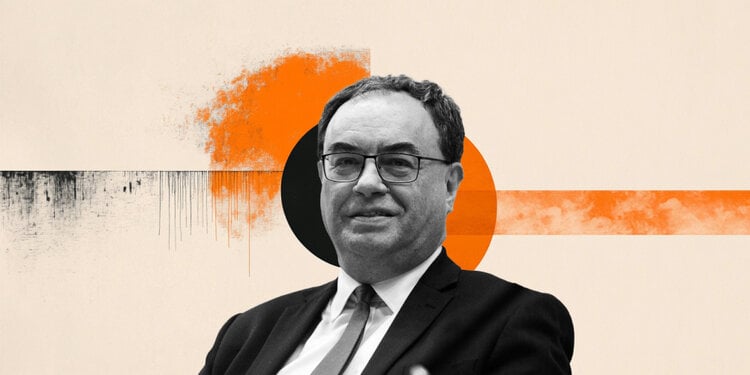The approximately 3,000 dumps that still exist in Brazil release around 27 million tons of CO² equivalent per year, according to a survey carried out by specialists at Orizon Valorização de Residuos, the company responsible for managing several ecoparks in the country.
Orizon’s CEO, Milton Pilão, who is in Glasglow, Scotland, to participate in the United Nations (UN) Conference on Climate Change, COP26, explained that the environmentally sound disposal of waste and the processing of these materials are capable to contribute significantly to the reduction of emissions that cause the greenhouse effect.
The sanitation sector is a major source of methane gas production in Brazil, with the equivalent of 90MtCO2eq per year, which represents 5% of Brazilian emissions. Within this account, 58 MtCO2eq per year comes from landfills and illegal dumps.
“Brazil, as a great developing nation, has in its hands the chance to be one of the main actors in this crusade, given the impressive numbers it accumulates. We are ‘owners’ of a large part of the largest forest reserve in the world, the Amazon, and we have major challenges in the area of sanitation (in the urban development agenda), being the fifth largest emitter of methane gas in the world. These two pillars have the same magnitude and relevant impact on the environment,” says Pilão.
“The country has already announced at the COP a 30% reduction in methane emissions by 2030 and 5% may come from the sanitation sector. We are very late in this regard: Brazil still has almost 3,000 illegal dumps — almost 45 million tons a year of waste is illegally dumped in places without any protection for the environment”, completes the executive.
Closing of dumps
Pilão will participate, along with leaders from other companies in the energy and sanitation sectors, in the panel “Advancing Corporate Decarbonization — Public and Private Synergies and Future Regulatory Structures”, next Friday, November 5th.
The CEO will present Orizon Valorização de Residuos contribution targets with the generation of carbon credits and will show that the closure of landfills will reduce 27 million tons of CO²eq emitted annually in Brazil.
Among the proposals that will be presented at the Conference is the creation of a specific funding source for the destination and treatment of waste. According to the executive, garbage needs to be transformed, on a large scale, into clean energy, renewable biogas, recycled industrial inputs, carbon credit, etc.
In addition to the air, illegal dumping of garbage into the environment causes severe damage to the soil, groundwater, rivers and seas.
“If COP26 manages to regulate the carbon credit market, from the approval of Article 6, credit from landfills can be the tool that motivates the private sector to bring more funding to close dumps, through the creation of related value to environmental assets generated from the treatment of waste, in line with what the new Sanitation Framework says. The public power does not have the financial conditions or the technical capacity to solve this problem, especially because the solution is complex and requires significant capital contributions for its development”, says Pilão.
Currently, Brazil produces around 80 million tons of garbage every year and 50% of this still goes to illegal dumping sites. The market potential is enormous and the environmental contribution that the solid waste treatment and processing sector can make is even greater.
“Another 2.1 million tons of carbon dioxide equivalent are no longer released into the atmosphere each year, as a result of the recovery of waste in our ecoparks. It would be like planting nearly 20 million trees or taking more than 1 million cars off the road annually. We have already generated more than 6 million carbon credits, but we are not satisfied. Our ambition is to reach 2030 having surpassed 50 million tCO2eq”, explains the CEO of Orizon.
Reference: CNN Brasil







